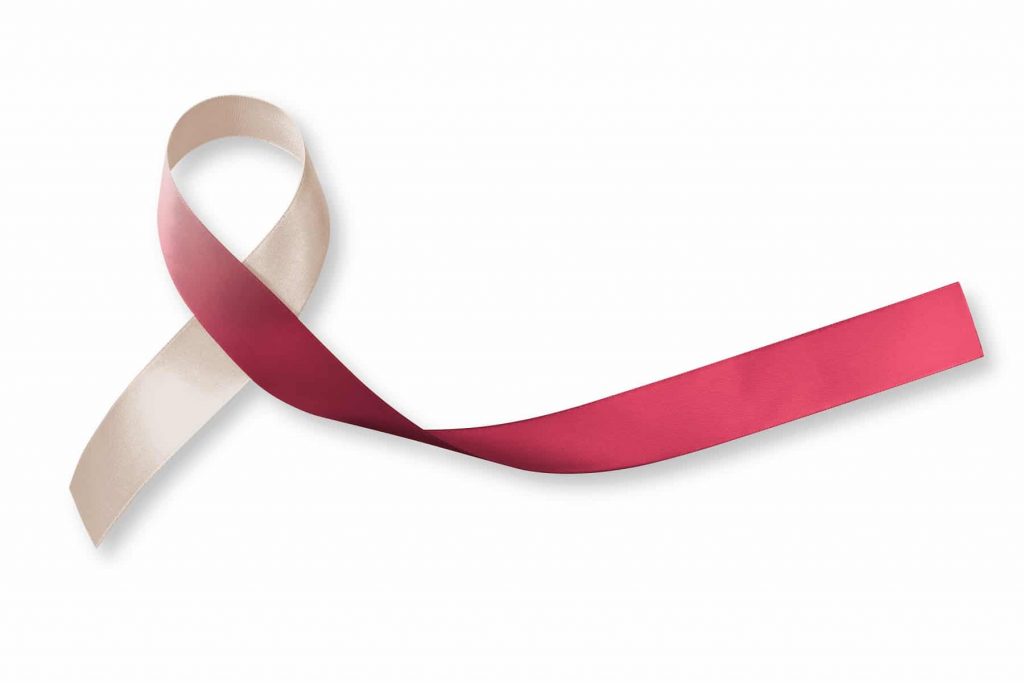Oral Cancer Exams
In many ways, your oral health condition reflects your general health condition and vice versa. In fact, there are times when dentists are the first to know about a patient’s physical health condition, and are then able to refer their patient to a specialist for further diagnosis and treatment. The connection between your oral and general health helps to explain why it is so important to maintain good oral hygiene habits and see your dentist for thorough examinations and cleanings at least once every six months. You probably have some idea of why your dentist wants to check the condition of your teeth and gums so often, but you may not understand why they are actually also performing an oral cancer exam.
An oral cancer exam is considered an essential part of preventative dental care. When your dentist conducts a visual and physical examination of your oral cavity and head, they can determine whether there are any signs of cancer or precancerous conditions in your mouth. The primary purpose of this exam is, of course, to set you at ease about your oral health and help you to make improvements to your oral health where needed. However, in the case that cancerous or precancerous conditions do exist, regular examinations can help to detect these conditions early on, when rapid diagnosis and treatment can yield a greater chance for a cure.

How the Exam is Performed
Your dentist will want to periodically perform an oral cancer exam, especially if you have any increased risk factors, such as tobacco use, heavy alcohol use, previous oral cancer diagnosis or a history of significant sun exposure. As part of the examination, your dentist will:
- Perform a visual examination of your face, neck, lips, nasal cavity and oral cavity. You will be asked to take out any removable dental appliances you are wearing in order to better expose your entire oral cavity for careful examination. Your dentist will look for asymmetries, swellings, bumps, patches of color, ulcerations and other abnormalities that may indicate a problem or issue that should be addressed.
- Perform a physical examination of your head, feeling your cheeks, jaw, chin and in your oral cavity. Again, they are looking for unusual nodules or masses. They will want to know if any of their contact causes discomfort or pain, as this can indicate a problem. They will also look to see if there are any areas of tissue that are not mobile as they should be, as this can indicate a problem as well.
During the examination, your dentist may use a light, a mirror, a tongue depressor and any other tools they need. For example, the Oral CDx is a brush that can be used to painlessly remove abnormal cells for further testing, a VELscope is a visible blue light that can be used to identify suspicious oral tissue, and an Orascoptic DK releases an acidic mouth rinse that can help to identify abnormal tissue. Depending on your specific situation, your dentist will determine which tools are most appropriate.
Should your dentist detect areas of abnormal cells during their examination, they may choose to perform additional tests as needed. Mouth sores are a common example of abnormal cells that may warrant further testing, since a visual examination cannot determine whether these sores are cancerous.
Even if your dentist has determined that something unusual is occurring in your oral cavity, this does not automatically mean that you have a cancer condition. If a diagnosis of cancer is given, it’s important to bear in mind that early treatment can be the key to mitigating the issue and resolving the cancerous condition.
If you have any questions or concerns about receiving an oral cancer exam, contact Dr. Nurminsky today.

